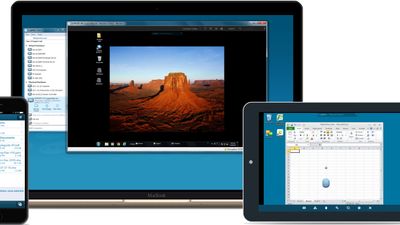
I've just found this Ubuntu forums post that details enabling Xvnc + GDM in Lucid it is very clear and not difficult to follow. Instead, most tutorials recommend launching Xvnc from xinetd, and enabling XDMCP so that Xvnc can communicate with GDM. I don't know how easy it will be to configure GDM to launch an Xvnc server. This may be configurable by changing the kernel's console framebuffer resolution and it may be that Ubuntu 10.04 already changes that default enough to work at a higher resolution.Īs others have mentioned already, you probably need to use Xvnc (RealVNC or TightVNC). configuring an nf to use the "vesa" driver.īut that post also indicates the Xserver was limited to 640x480 resolution.

configuring GDM to autologin instead of showing the login screen and.There's some indication on the Ubuntu forums that you can fool it into running without a monitor by Rewritten from the VPS6.Vino-server provides remote access to a console Gnome session, and it doesn't start until the Gnome session starts (meaning after you log into the GUI login window). Enter your server's main IP address, Port 1 (or 5901, alternately), and the password you set earlier to connect to the desktop. You can now access your server's remote GNOME desktop with a desktop VNC client. Start the VNC server with your desired resolution:.Press ESC, type :wq, then press enter to save and close the file. X-terminal-emulator -geometry 80x24+10+10 -ls -title "$VNCDESKTOP Desktop" & Replace the contents of the file with the following (or edit to match): Putting Vino or some other VNC-based solution into a desktop platform and calling it comparable to Remote Desktop is like calling a go kart a daily driver road car. Stop the VNC server, so we can continue to configure it: I need to do more with my remote computer than see the screen and input text.Start TightVNCServer for the first time, it will copy config files and prompt you for a password:.

# apt-get install xfonts-75dpi-transcoded # apt-get install xfonts-100dpi-transcoded # apt-get install gnome-desktop-environment This guide will walk you through the steps required to setup and access a VNC server hosted on a Debian VPS.īefore beginning, ensure you are logged in to your VPS as the root user, and run the following: VNC is a remote desktop sharing system that will allow you to connect your home PC to a GUI (graphical interface) hosted on your VPS, for easy remote management.


 0 kommentar(er)
0 kommentar(er)
